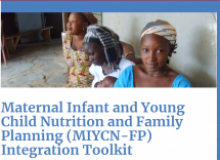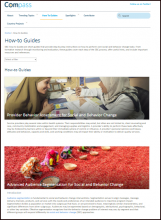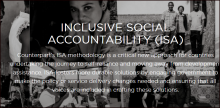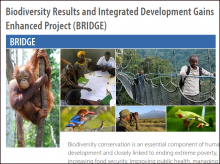Population, Health and Environment Integration Programming Manual
The purpose of the manual is to provide basic, easy to use, and quick information across the range of topics that organizations need to be familiar with at different stages of a PHE program cycle. This manual drew on member experience with designing and implementing Population, Health and Environment (PHE) projects/programs. The manual was established in response to member and partner demands for information to help PHE practitioners implement project activities.
Sectors
Population, Health & Environment
Project Stages
Cross-cutting, Implementation, Monitoring & Evaluation, Project Design







